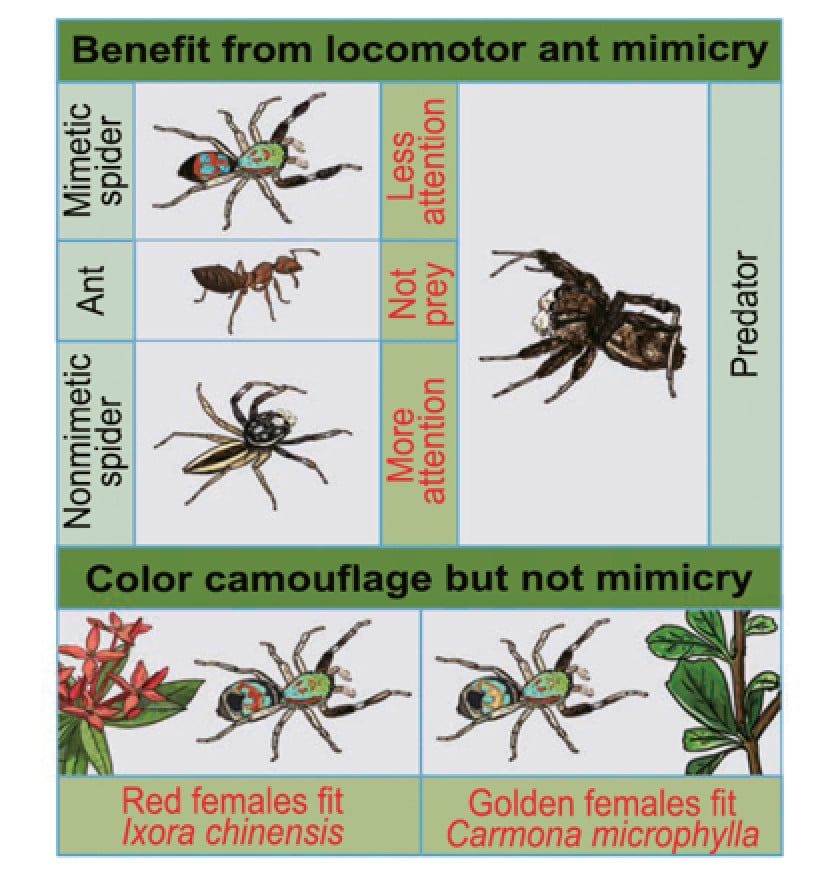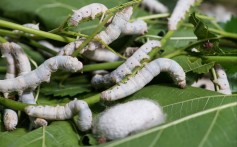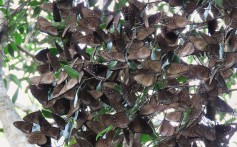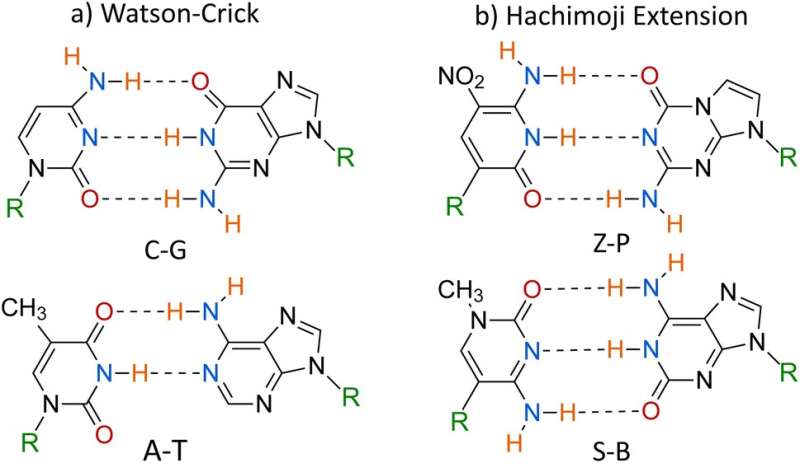Stars could be invisible within 20 years as light pollution brightens night skies
The increased use of light-emitting diodes is obscuring our view of the Milky Way as well as taking a toll on human and wildlife health
Robin McKie 27 May 2023
The Herefordshire hills basked in brilliant sunshine last weekend. Summer had arrived and the skies were cloudless, conditions that would once have heralded succeeding nights of coal-dark heavens sprinkled with brilliant stars, meteorites and planets.
It was not to be. The night sky was not so much black as dark grey with only a handful of stars glimmering against this backdrop. The Milky Way – which would once have glittered across the heavens – was absent. Summer’s advent had again revealed a curse of modern times: light pollution.
The increased use of light-emitting diodes (LED) and other forms of lighting are now brightening the night sky at a dramatic rate, scientists have found. Indiscriminate use of external lighting, street illumination, advertising, and illuminated sporting venues is now blinding our view of the stars.
In 2016, astronomers reported that the Milky Way was no longer visible to a third of humanity and light pollution has worsened considerably since then. At its current rate most of the major constellations will be indecipherable in 20 years, it is estimated. The loss, culturally and scientifically, will be intense.
“The night sky is part of our environment and it would be a major deprivation if the next generation never got to see it, just as it would be if they never saw a bird’s nest,” said Martin Rees, the astronomer royal. “You don’t need to be an astronomer to care about this. I am not an ornithologist but if there were no songbirds in my garden, I’d feel impoverished.”
Rees is a founder of the all-party parliamentary group for dark skies which recently produced a report calling for a host of measures to counter the curse of light pollution. These include proposals to appoint a minister for dark skies, create a commission for dark skies and set strict standards for the density and direction of lighting.
The introduction of a carefully selected package of planning rules to control obtrusive light – backed by legal clout and penalties for non-compliance – could make major differences, the committee stressed. The alternative would be to lose sight of night skies “painted with unnumber’d sparks,” to quote Shakespeare’s Julius Caesar.
Research by physicist Christopher Kyba, of the German Centre for Geosciences has revealed that light pollution is now causing the night sky to brighten at a rate of around 10% a year, an increase that threatens to obliterate the sight of all but the most brilliant stars in a generation. A child born where 250 stars are visible at night today would only be able to see about 100 by the time they reach 18.

Gazing at a night sky crossed by a glittering Milky Way has become a splendour of another age, Kyba told the Observer. “A couple of generations ago, people would have been confronted regularly with this glittering vision of the cosmos – but what was formerly universal is now extremely rare. Only the world’s richest people, and some of the poorest, experience that any more. For everybody else, it’s more or less gone.” Nevertheless, the introduction of only a modest number of changes to lighting could make a considerable improvement, Kyba argued. These moves would include ensuring outdoor lights are carefully shielded, point downwards, have limits placed on their brightness, and are not predominantly blue-white but have red and orange components.
“Measures like that would have an enormous impact,” he added.
The problem is that light pollution is still not perceived by the public to be a threat. As Professor Oscar Corcho, of Universidad Politécnica de Madrid, has put it: “The negative consequences of light pollution are as unknown by the population as those of smoking in the 80s.”
Yet action is now urgently needed. Apart from its astronomical and cultural impact, light pollution is having serious ecological consequences. Sea turtles and migrating birds are guided by moonlight. Light pollution causes them to get confused and lose their way. Insects, a key source of food for birds and other animals, get drawn to artificial lights and are immediately killed upon contact with the source.
The case against light pollution goes further. Bluish emissions of LEDs are almost entirely lacking any red or near infrared light, said Prof Robert Fosbury, of the Institute of Ophthalmology at University College London (UCL). “We are becoming starved of red and infra-red light and that has serious implications,” he said. “When reddish light shines on our bodies, it stimulates mechanisms including those that break down high levels of sugar in the blood or boost melatonin production. Since the introduction of fluorescent lighting and later LEDs, that part of the spectrum has been removed from artificial light and I think it is playing a part in the waves of obesity and rises in diabetes cases we see today.”
UCL researchers are preparing to install additional infrared lamps in hospitals and intensive care units to see if they have an effect on the recovery of patients who would otherwise be starved of light from this part of the spectrum.
“It’s going to take a huge effort to change the face of the planet and turn LEDs into more friendly lighting,” said Fosbury. It’s going to be a big job but we need to do it because it is having a very damaging effect on human health.”
Stars to become invisible to our eyes in two decades due to light pollution, warn scientists
STORY HIGHLIGHTS
The view of the Milky Way in the night sky is being obscured by the increased use of light-emitting diodes, which is also taking a toll on the health of humans and wildlife
Scientists have warned that the ability of humans to see the cosmos in the night sky may vanish in just 20 years because of light pollution.
“The night sky is part of our environment and it would be a major deprivation if the next generation never got to see it, just as it would be if they never saw a bird’s nest,” said Martin Rees, the British astronomer royal, while speaking to The Guardian.
“You don’t need to be an astronomer to care about this. I am not an ornithologist but if there were no songbirds in my garden, I’d feel impoverished,” he added.
ALSO READ | NASA spacecraft discovers how Jupiter's lightning shares similarity with Earth's
In the last few years, the issue of light pollution has rapidly worsened, especially since 2016 when it was reported by astronomers that the Milky Way is no longer visible to almost a third of the population, as per Rees.
Scientists stated that the increasing light pollution is now brightening up the night sky at a rate of around 10 per cent per year.
No cosmos for future generations
A child who is born in a place where 250 stars are currently visible in the night sky would be able to see only 100 by the time they reach the age of 18, stated Christopher Kyba, of the German Centre for Geosciences.
“A couple of generations ago, people would have been confronted regularly with this glittering vision of the cosmos – but what was formerly universal is now extremely rare. Only the world’s richest people, and some of the poorest, experience that anymore. For everybody else, it’s more or less gone,” Kyba added.
WATCH | IIST: WION reports from Indian institute of space science and technology
He further argued that the introduction of some changes to lighting can make a considerable improvement. These steps would include shielding outdoor lights and pointing them downwards, limiting the brightness of lights, and ensuring that they are not predominantly blue-white but have red and orange components. “Measures like that would have an enormous impact,” he stated.
Meanwhile, Prof Robert Fosbury, of the Institute of Ophthalmology at University College London (UCL) claimed that bluish emissions of LEDs entirely lack any red or near-infrared light. “We are becoming starved of red and infra-red light and that has serious implications,” he stated.
“When reddish light shines on our bodies, it stimulates mechanisms including those that break down high levels of sugar in the blood or boost melatonin production. Since the introduction of fluorescent lighting and later LEDs, that part of the spectrum has been removed from artificial light and I think it is playing a part in the waves of obesity and the rise in diabetes cases we see today,” Fosbury added.
(With inputs from agencies)













